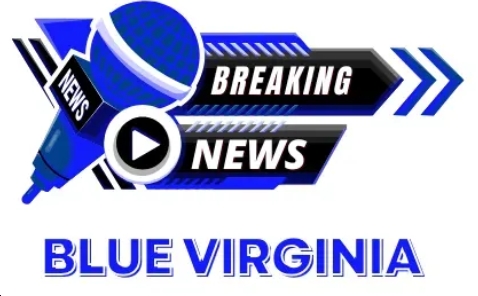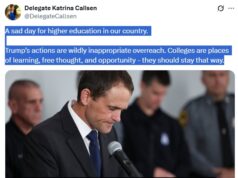( – promoted by lowkell)
 (Crossposted at HRSierraClub.org.)
(Crossposted at HRSierraClub.org.)
Rep. Bob Goodlatte (R-VA06) is proposing a bill, the “Virginia Access to Energy Act” (H.R. 4942), that forces Interior Secretary Ken Salazar to conduct Virginia Lease Sale 220 within a year of the bill’s passage. “The ‘Virginia Access to Energy Act’ will remove the regulatory hurdles that have impeded development and create a path for Virginia to become ‘the Energy Capital of the East Coast'”, Goodlatte said.
“Impeding development” is the scientific data and analysis potentially supporting Virginia’s offshore drilling. It is 30 years out of date and a thorough environmental study cannot not be performed in time for a 2011 lease sale.
Revealed at a Department of Interior workshop in Williamsburg in December 2008, large data gaps exist when it comes to endangered and protected species, fish and fisheries, the biology of the ocean floor, the ecosystems found in Virginia’s offshore ocean canyons and coral reefs, as well as the physical and geological oceanography.
Off Virginia’s coast, there have been sightings of sea turtles, right whales, humpback whales, and sperm whales – all of which are classified as endangered under the Endangered Species Act. Dolphins, porpoises, pilot whales and beaked whales which are all protected under the Marine Mammal Protection Act have also been sighted in what is Virginia’s lease sale area. Due to a lack of consistent survey effort throughout the region, seasonal distribution patterns and abundance patterns for all these species are not well known. Also, no surveys for birds have been conducted in the region. There is limited information regarding the ecosystems of the Norfolk and Washington Canyons as they tend to be spatially diverse, complex and difficult to study.
Especially for oil spill risk analysis, current and wind information has been deemed a high priority data gap. The presence of several deep water canyons within the Virginia lease sale area complicates the physical and geological setting. There is limited understanding of the effect of internal tides and waves and their mixing with currents at the shelf break and canyon heads.
Not only are there huge gaps in the scientific information needed to evaluate the impact of drilling off Virginia’s coast, but its offshore zone is a vital piece of a much larger and interconnected coastal and oceanic ecosystem. So, rather than singling out a small area off a single state for environmental study – as Virginia is right now – the Atlantic coast as a whole needs to be thoroughly studied.
Given that ocean waters know no state boundaries, no study supporting Virginia drilling is complete without the study of its neighboring coastal states. Including Virginia in the same process used to study all other Atlantic offshore drilling makes sense.
In November 2008, one last parting “gift” from the Bush Administration was the designation of a 2.9 million acre area off the Virginia coast, Lease Sale 220, for oil and gas drilling.
In May 2009, a District of Columbia Court of Appeals vacated that Bush-era drilling program. The Court’s Opinion noted that insufficient scientific information about offshore waters proposed for drilling made it impossible for the Department of Interior to fully comply with the Outer Continental Shelf Lands Act. Thus, the legal ramifications of pressing on with drilling Virginia’s offshore zone, which is also enrolled in this flawed drilling program, should also be weighed before pressing on with the rush to drill Virginia.
Now more than ever, please join the over 1,000 Virginians who have emailed Secretary Salazar urging him to resist the rush to drill. Our precious Chesapeake Bay, our sensitive coastal wetlands, and our highly lucrative tourism and fishing industries are completely dependent on clean beaches and healthy ocean waters. He must appreciate the bounty we have in coastal Virginia and how much we stand to lose if
oil drilling were to occur irresponsibly. Click here to email Salazar TODAY!
(Photo credit: Oceana)


 Sign up for the Blue Virginia breaking news newsletter
Sign up for the Blue Virginia breaking news newsletter











